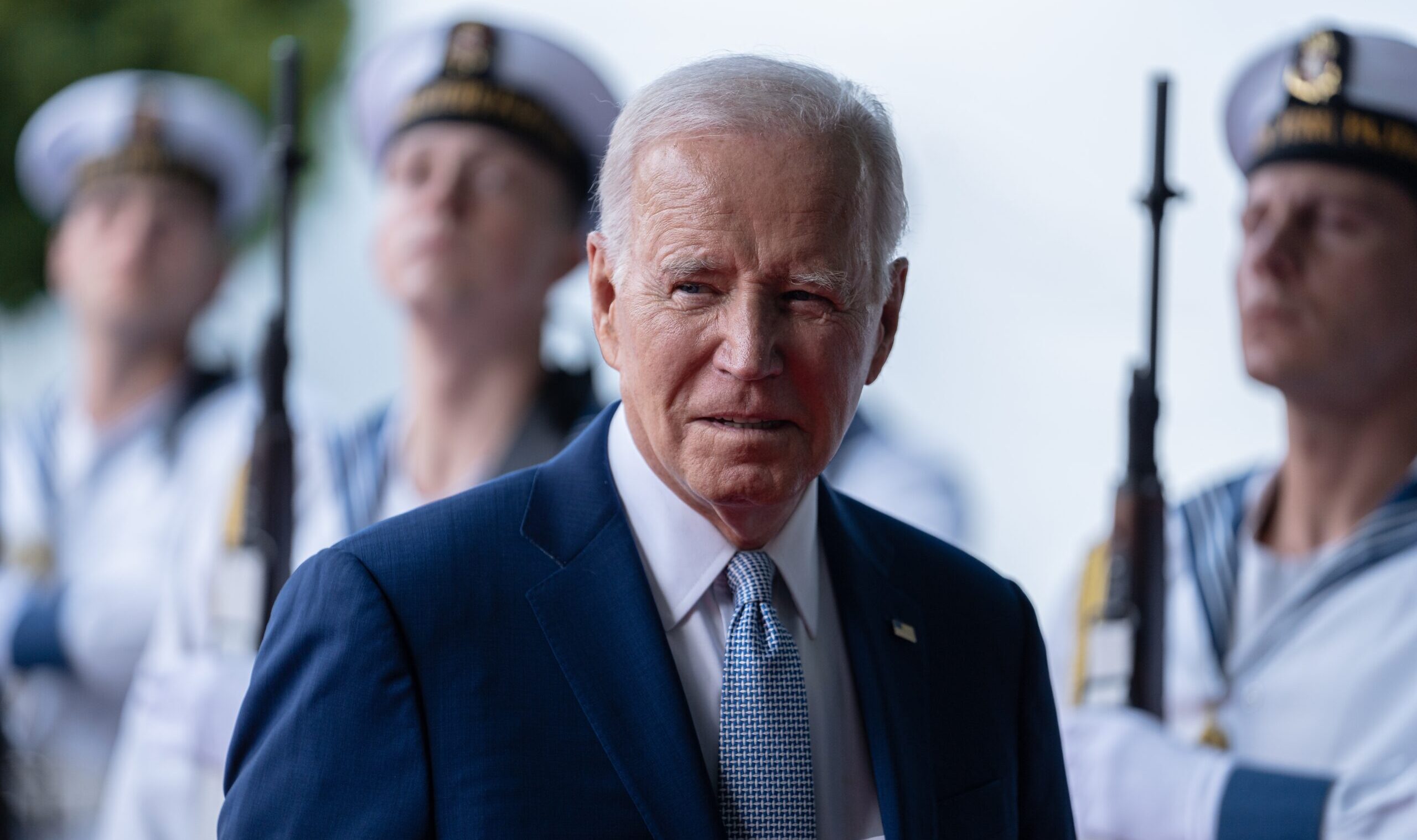Sohrab Ahmari

Three Jordanian-based US troops were killed and at least 34 injured in a drone attack likely conducted by Iran-backed militias. Par for the course, Republican hawks are urging the Biden administration to launch a war and think later. “Hit Iran now,” Sen. Lindsey Graham of South Carolina exclaimed on the app formerly known as Twitter. “Hit them hard.” Nevertheless, unless Nikki Haley clinches first the GOP nomination and then the presidency—an increasingly long-shot prospect—Graham and other Holden Bloodfeast types won’t get the apocalyptic conflagration they salivate for.
The more likely pattern is the United States getting itself embroiled in a growing number of proxy wars and indecisive interventions along a wide geographic range, stretching from Europe’s burning eastern and southern peripheries to the Middle East to East Asia. Indeed, that’s what the Biden administration and the bipartisan establishment seem to have been up to ever since they wrapped up the fruitless post-9/11 wars: carefully calibrating escalation and support to US proxies to punish rising powers for challenging Washington in its sphere of influence—the whole planet, more or less—but without triggering all-out wars.
It is a risky strategy, since it involves frequently tangoing with two nuclear-armed states (Russia and China) and a third that might be a nuclear-threshold state (Iran). Political leaders aren’t perfectly rational actors, and the nations they rule are even more vulnerable to the power of sentiment and passion. What looks to Washington elites as a careful turn of the escalation dial might come across as a humiliating insult to, say, Xi Jinping personally or the Putin regime’s hard-core nationalist base—and then what?
But let’s assume, for argument’s sake, that calibrated escalation doesn’t accidentally launch us into World War III, and that the United States is in the absolute moral right in each case (two highly questionable premises). Even so, Americans should ask themselves a couple of fundamental questions before we accept our status as a nation of permanent proxy warriors and limited interventionists: How many proxy or limited wars is too many for a country with limited means in a world still characterized by scarcity? And what is the overall goal here—what vision of the world does the United States want to bring about that necessitates this level of hyperactivity, which leaves much of the rest of the world frequently befuddled and sometimes horrified?
Start with the sheer number of proxy wars, twilight wars, limited interventions, calibrated escalations, and designed-to-be-indecisive actions Washington is currently mounting. As of January 2024, the United States is rhetorically escalating over the Taiwan question and seemingly casting into doubt the One China Policy that has been the premise of decades of stable relations with Beijing; continuing to arm Ukraine against Russia to the tune of billions, even as this has depleted some domestic stockpiles; waging an undeclared limited war against Yemen’s Houthis; playing an ambiguous role in Iraq that sometimes involves confronting Shiite militias and sometimes effectively collaborating with them; continuing to meddle in the byzantine aftermath of the Syrian Civil War; fighting Islamist militants in the Horn of Africa; and on and on. And that’s not to mention legacy bases and troop commitments in places like Germany, Japan, and South Korea.
It isn’t “isolationism” to wonder if a single nation—even a very powerful one—can or should engage in this many conflicts, however indirectly, without inevitably neglecting the domestic foundations of its well-being. Ordinary Americans of both parties get this. It’s what they have in mind when they complain that America is “protecting other people’s borders when our own border is broken.” That might be a crude way to put it, but such statements contain a big kernel of truth. One hundred thousand Americans die from opioids annually. Working-class life expectancy is on a downward trajectory. Millions of working-age men have checked out of the labor force. Our industrial base, including, crucially, our military-industrial base, remains a shell of its former self.
Against this backdrop, it’s reasonable to ask our leaders to at least prioritize among the various proxy conflicts and limited interventions.
The bigger question is: What’s the endgame? According to a certain Cold War logic, it made sense for Washington to fight numerous proxy and limited wars. The goal then was to contain Soviet Communism. Each time the lines of containment were transgressed, U.S. policymakers took action, now toppling this left-wing government, now bolstering that right-wing junta, now arming this rebel group, now directly sending in the troops, and so on. The inner meaning of the whole enterprise was discernible to the nation itself, even if it sometimes made us morally queasy.
Can the same be said for today’s hyperactive policies? Is the goal for “democracy” to defeat “dictatorship,” as President Biden said in 2022 in a striking echo of the Bush Doctrine? To protect various small client states for emotional reasons and at all costs? To uphold the “rules-based international order”? To defeat Islamist ideology? To ensure that various rival powers don’t get to assert themselves in their own backyards? All of the above?
But this is an obvious recipe for decline. Just as individuals can diminish themselves by dissipating their energies without focus, so can nations. If the next president of the United States could halve the total number of proxy wars and limited interventions, it would be a historic achievement.
No comments:
Post a Comment